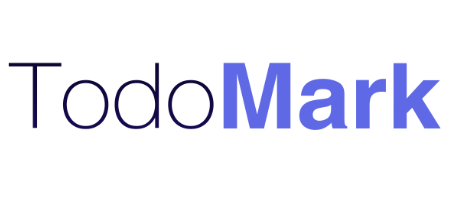Glass Container Market: Industry Projection and Strategic Pathways to Long-Term Growth
The global packaging ecosystem is entering a period of transformation driven by sustainability imperatives, premiumization trends, and regulatory shifts. Within this framework, glass containers have emerged as a preferred packaging solution across multiple industries due to their recyclability, safety, and aesthetic value. The long-term projection for the glass container industry reflects a robust growth trajectory supported by continuous technological advancements and evolving consumer behavior.
Sustainability remains the cornerstone of this market’s expansion. As nations enforce stricter regulations on single-use plastics, industries are actively turning toward glass packaging to meet environmental compliance and consumer expectations. Glass offers an infinitely recyclable, non-toxic alternative that aligns with the global movement toward circular economies. Its adoption spans beverages, food, pharmaceuticals, and cosmetics, with a growing emphasis on eco-labeled and refillable packaging formats.
The steady growth in the beverage segment—particularly alcoholic drinks such as beer, wine, and spirits—continues to anchor demand. Food manufacturers are also embracing glass packaging for sauces, dairy, and baby food, given its ability to preserve product integrity and flavor. Meanwhile, the pharmaceutical industry is expanding its use of glass vials, ampoules, and bottles to ensure product stability, especially amid rising vaccine and injectable drug production. The cosmetic industry’s preference for premium glass jars further reinforces the material’s luxury and sustainability appeal.
The Glass Container Market is forecasted to grow steadily over the next decade, underpinned by a combination of innovation, policy shifts, and industrial investment. Manufacturers are increasingly adopting energy-efficient furnace technologies and leveraging recycled glass cullet to reduce production costs and carbon emissions. Moreover, the integration of digital manufacturing and smart monitoring systems is enabling precise quality control, enhancing consistency and reducing waste.
According to the glass container industry projection, market growth is expected to accelerate across emerging economies due to rapid urbanization, increased disposable income, and evolving consumption patterns. Asia-Pacific, led by China and India, will likely remain the fastest-growing region, driven by expanding beverage and pharmaceutical industries. Europe and North America are anticipated to sustain stable growth due to stringent sustainability mandates and high recycling efficiency. Latin America and the Middle East are also emerging as strategic markets, supported by infrastructure modernization and consumer shifts toward eco-friendly packaging.
Beyond regional expansion, strategic partnerships and mergers among manufacturers are anticipated to redefine the competitive landscape. Many companies are focusing on innovation in lightweight glass designs and multi-use packaging to reduce environmental impact while maintaining strength and appeal. Additionally, digital labeling and smart tracking technologies are being introduced to enhance transparency and customer engagement.
In conclusion, the glass container industry’s future is firmly anchored in sustainability, technological advancement, and consumer trust. As brands and manufacturers align with global climate goals, glass packaging will continue to play a vital role in shaping the future of responsible packaging solutions—offering durability, recyclability, and elegance that cater to both market demands and environmental priorities.
Browse More:
Packaging Material Market Size
Advanced Packaging Market Share
- Искусство
- История и факты
- Ремесла
- Танцы
- Напитки
- Фильмы
- Фитнесс
- Питание
- Игры
- Садоводство
- Здоровье
- Дом
- Литература
- Музыка
- Сеть
- Другое
- Вечеринка
- Религия
- Поход по магазинам
- Спорт
- Театр
- Здоровье



